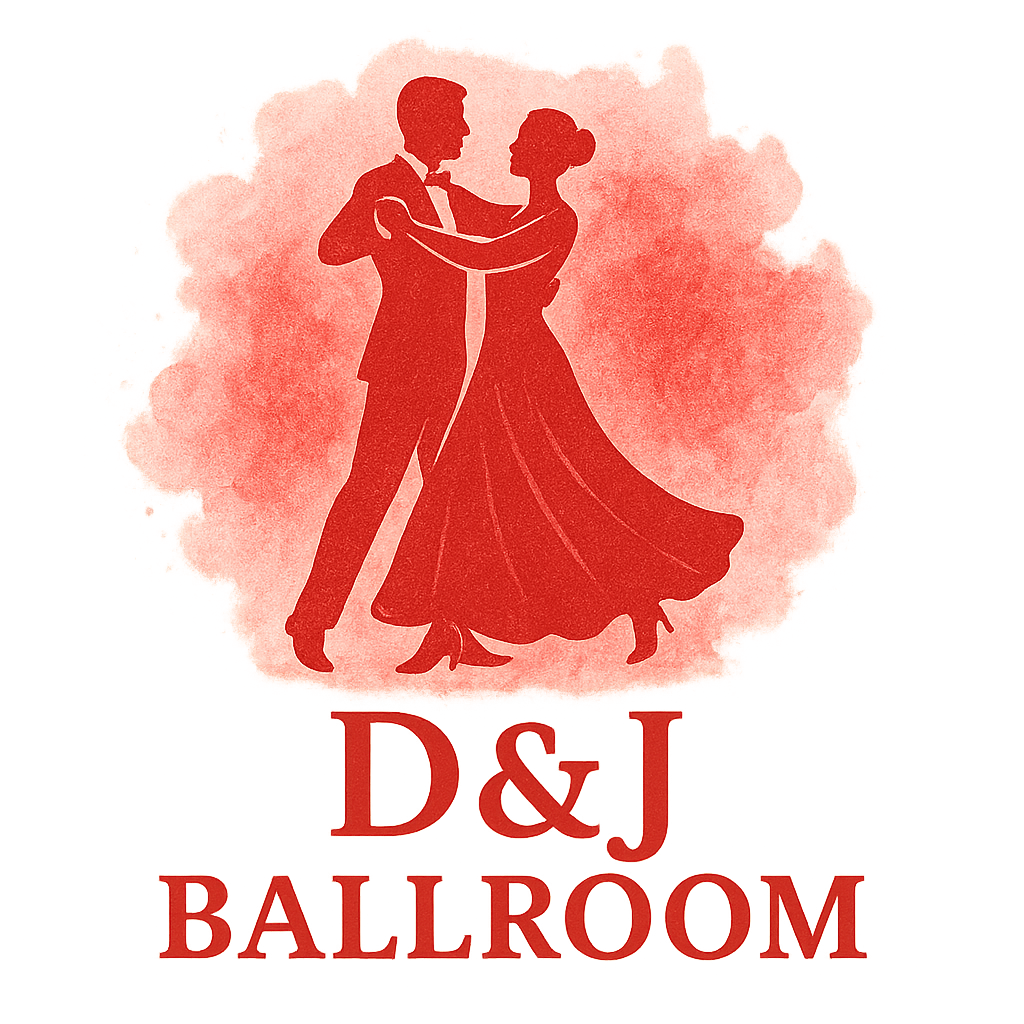Introduction to Footwork in Ballroom Dance
Ever tried gliding across the floor only to feel like your feet have minds of their own? Footwork is the hidden language of ballroom dance, the grammar that makes the movements make sense. Whether you dance the elegant Waltz or the spirited Cha-Cha, your feet tell your story first.
Why Footwork Is the Backbone of Ballroom Dance
Good footwork builds grace, control, rhythm, and most importantly, connection with your partner. It’s the difference between clumsy and classy. Mastering footwork drills refines your dancing and sharpens your performance in ballroom competitions.
Common Footwork Mistakes Beginners Make
Let’s call out the elephants in the ballroom: dragging feet, improper heel-toe leads, misaligned weight transfers, and forgetting rise and fall. These mistakes are easy to make and hard to unlearn. But the right drills can nip them in the bud.
Drill 1: The Basic Box Step Repetition
How to Do It Right Every Time
Simple? Yes. Essential? Absolutely. Repeat the box step slowly, focusing on weight placement and alignment. Record yourself. Adjust. Repeat.
Internal Cueing for Proper Execution
Say the steps in your head: “Forward-left-close, back-right-close.” Internal cues help lock in muscle memory. Pair this with lessons from our Ballroom Training Techniques guide.
Drill 2: Heel-to-Toe Transitions
Enhancing Balance and Elegance
Use slow Foxtrot music and practice walking with controlled heel-to-toe transitions. It improves elegance and reduces awkward stomping.
Connection to Dance Styles
This drill is essential for mastering styles like Foxtrot and Tango. You’ll feel the fluid shift of momentum.
Drill 3: Rise and Fall Walks
Practicing Waltz Gracefully
Channel your inner floating leaf. The rise and fall drill builds the signature grace of the Waltz. It’s all about lifting through your knees and ankles in fluid motion.
Internal Link to Waltz Techniques
Discover more in our article on Waltz dance style and build the elegance step-by-step.

Drill 4: Directional Foot Changes
Building Spatial Awareness
Change direction every four beats while maintaining your rhythm. This improves your agility and floor craft.
Useful for Tango and Quickstep
Great for navigating tight spaces during competitive performances.
Drill 5: Frame-and-Foot Syncing Exercise
Footwork Isn’t Just Below the Waist
Hold your dance frame and move in unison with your feet. This trains synchronization and partner awareness. It also connects directly to style-specific elements detailed in Ballroom Dance Styles.
Drill 6: Shadow Dancing Footwork Drills
Solo Practice, Partner Gains
Dance the routine without a partner. Focus on precision and timing. This builds confidence and helps you adjust on the fly during real-time dancing.
Link to Training Techniques
See more shadow techniques in our section on Ballroom Training.
Drill 7: Quickstep Skipping Drills
Increase Speed Without Losing Precision
Quickstep is high-energy. Practice skipping drills with light knees and controlled feet. This builds both cardiovascular stamina and control.
Competitions Prep Focus
Helps get you ready for competitive events, where precision under pressure is key.
Drill 8: Latin Hip Action Footwork Drill
Integrating Style With Movement
Practice Cuban motion with foot placement drills. Let your hips naturally follow your feet.
Suitable For Rumba and Cha-Cha
Want to bring flair? This drill is essential. Check out more about Latin dance styles here.
Drill 9: Weight Transfer Line Walks
Control and Posture Mastery
Walk in a straight line while shifting your weight purposefully with each step. This hones your balance and overall body control.
Drill 10: Mirror Practice for Precision
Self-Correct and Improve Visual Symmetry
Dance in front of a mirror. Note the alignment of your feet, frame, and balance. Instant feedback makes this a dancer’s best friend.
Final Thoughts
Footwork is the foundation of ballroom dancing. Whether you’re just starting out or gearing up for your next showcase, incorporating these drills into your routine will transform your dancing. Keep practicing, stay curious, and dance with intention.
Want to dive deeper? Explore the roots and elegance of ballroom through our guides on ballroom history and culture and ballroom fashion.
FAQs
Q1: How often should I practice footwork drills?
A1: Ideally, 3–5 times per week, even just 15 minutes a session can yield noticeable improvements.
Q2: Do I need a partner for these drills?
A2: Nope! Many of these are designed for solo practice, like shadow dancing and mirror drills.
Q3: What shoes should I wear for footwork training?
A3: Wear shoes that replicate your performance footwear. Check our guide on Ballroom Attire & Fashion.
Q4: Are these drills suitable for kids or seniors?
A4: Absolutely. You can adapt the intensity and pace to suit any age group.
Q5: Can these drills help with competition prep?
A5: Yes! Many drills focus on precision, timing, and spatial awareness essential for ballroom competitions.
Q6: Which drill helps the most with balance?
A6: The Weight Transfer Line Walks and Heel-to-Toe transitions are top picks.
Q7: Where can I learn more ballroom dance styles?
A7: Check out our deep dive on ballroom dance styles for inspiration and knowledge.


